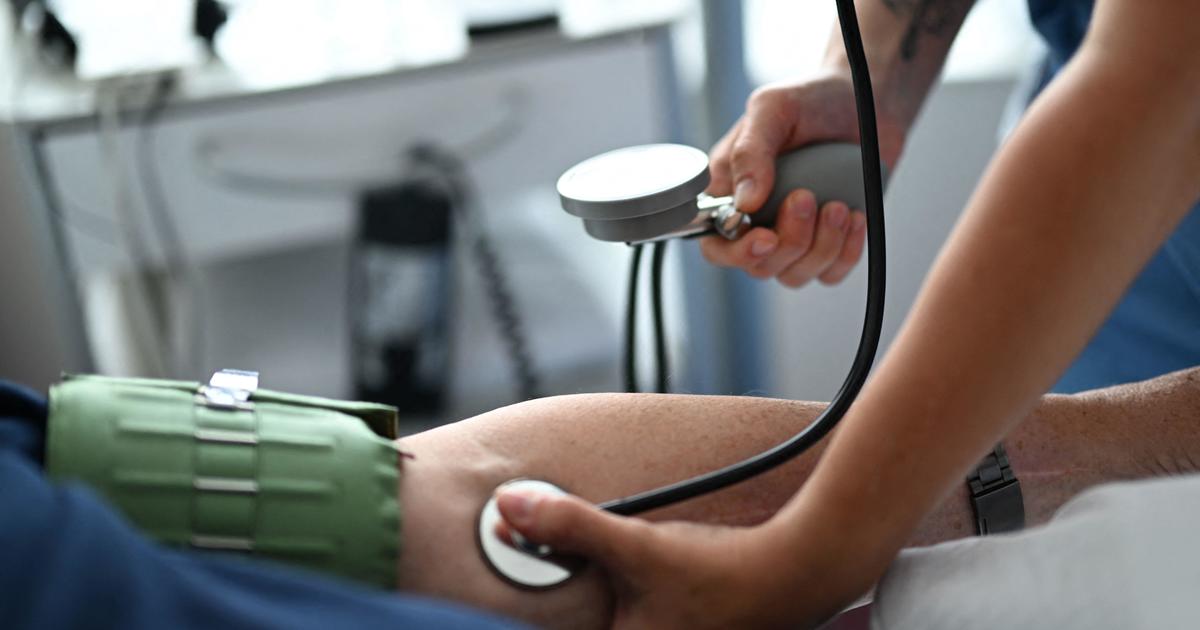Injury Breakdown: Analyzing Hip And Groin Pain
By Abby Sims
» More Columns
The most recent blog in this space discussed the sports hernia, a problem that typically causes pain in the groin region. There are many other diagnoses that can also result in hip or groin pain. What follows is a brief discussion of these.
What are some other common causes of groin and hip pain?
It is important to note that groin pain is often reflective of problems in the hip rather than the groin itself, and there are many diagnoses that can cause groin or hip pain. Though many people point to the top of the pelvis when asked where their hip is, the hip joint is actually lower, deeper and closer to the groin region.
Other causes of groin and hip pain include arthritic changes in the hip or at the pubic bones or stress fracture of the pubic bone itself. The degenerative changes common in an arthritic hip often result in a loss of range of motion at the joint (particularly internal (inward) rotation. The pain with either arthritis or fracture is perceived to be rather deep, inside the joint. The femur, the head of which constitutes one part of the hip joint, is not often fractured (except in the elderly) because it is such a dense, thick bone.
Another cause of hip pain may be bursitis (the inflammation of an overlying bursa at the hip). A bursa is a sac that is filled with a gelatinous like substance. Its presence, underlying the insertion of tendons (at many joints in the body), helps to reduce friction and provide the muscle/tendon unit with a greater mechanical advantage to exert the force necessary to move the bones.
Muscle strains, tendinitis (inflammation of tendons), or tendon wear (tendinosis) of the inner thigh (adductor) or hip flexor (iliopsoas) muscles are other common overuse injuries affecting the hip and groin. Pain with these problems is generally perceived to be more superficial than that with degenerative changes or fracture. Abdominal muscle strains, particularly of the lowermost portion of the centrally located rectus abdominus (the six-pack muscle) may also be a cause of groin pain. Another diagnosis is snapping hip syndrome, which is likely from a tendon gliding over a bony surface. The final diagnosis to be discussed here, and one that is a fairly common hip problem in an athletic population, is a tear of the labrum.
What is the labrum?
As in the shoulder joint, the labrum at the hip is the fibrocartilagenous lining of the socket and it can suffer from degenerative changes or tear from trauma. Degenerative changes to the labrum are most often a result of repeated loading of the joint, particularly with rotational stress such as that common to many sports. Traumatic injury also generally involves a torsional event. Some athletes are predisposed to labral tears because of anatomic abnormalities that affect the alignment of the involved bones (the femur and pelvis). Often there is also wear of the smooth cartilage that lines the joint when a labrum tear is present. These changes to the joint lining are also typical of a degenerative, or arthritic hip. A-Rod and, more recently, Ty Warren, are two athletes who were in the news recently for having had surgery for hip labral tears. For more information on these, take a look at my previous post on Warren.



